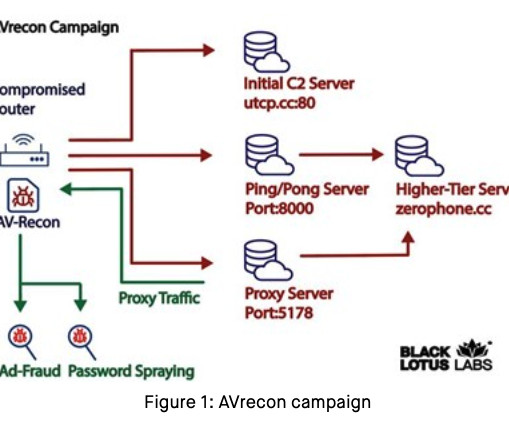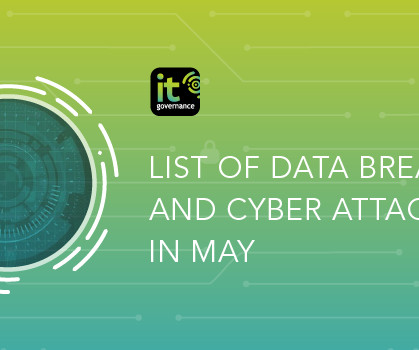Who and What is Behind the Malware Proxy Service SocksEscort?
Krebs on Security
JULY 25, 2023
Malware-based anonymity networks are a major source of unwanted and malicious web traffic directed at online retailers, Internet service providers (ISPs), social networks, email providers and financial institutions. md , and that they were a systems administrator for sscompany[.]net. form [sic] hackers on public networks.”












Let's personalize your content